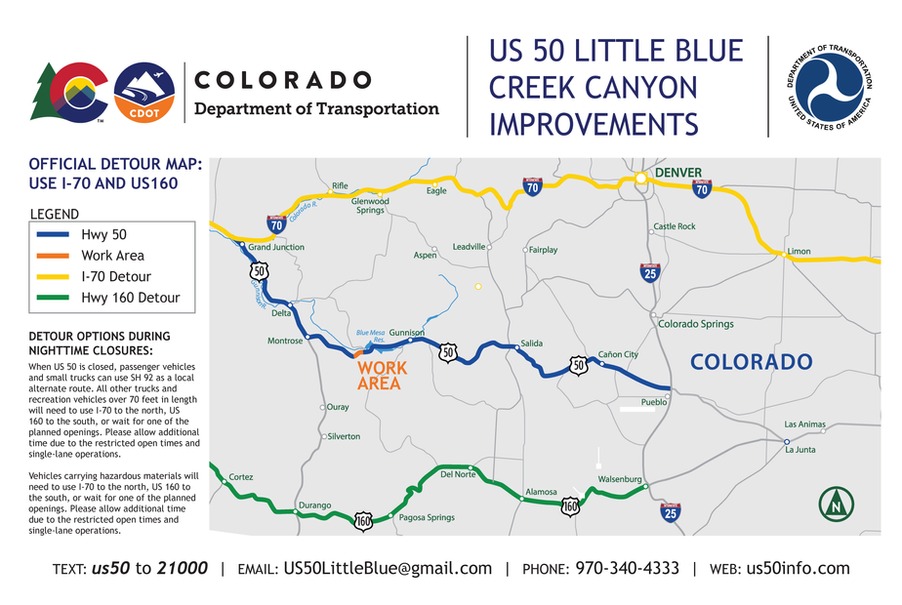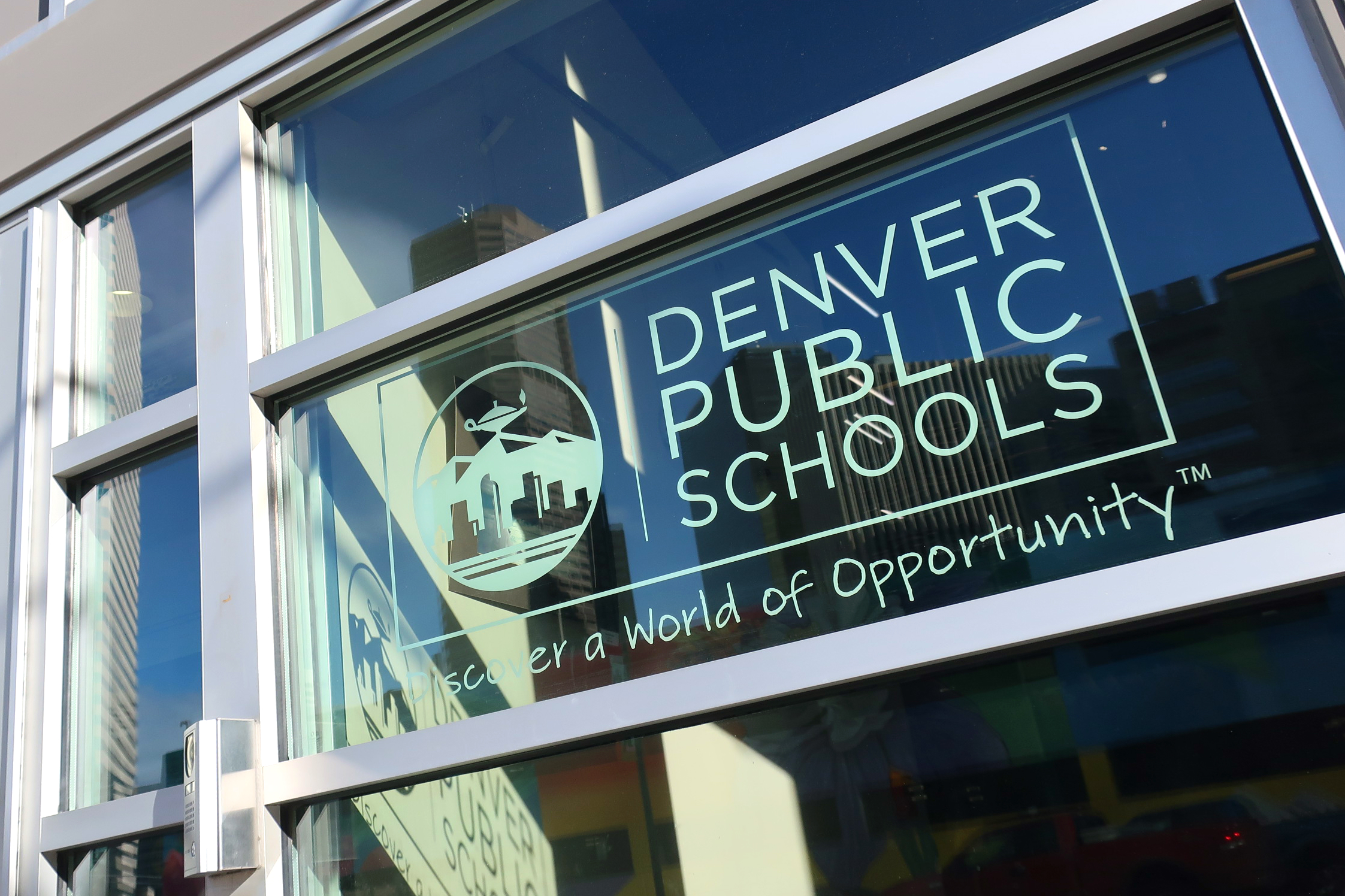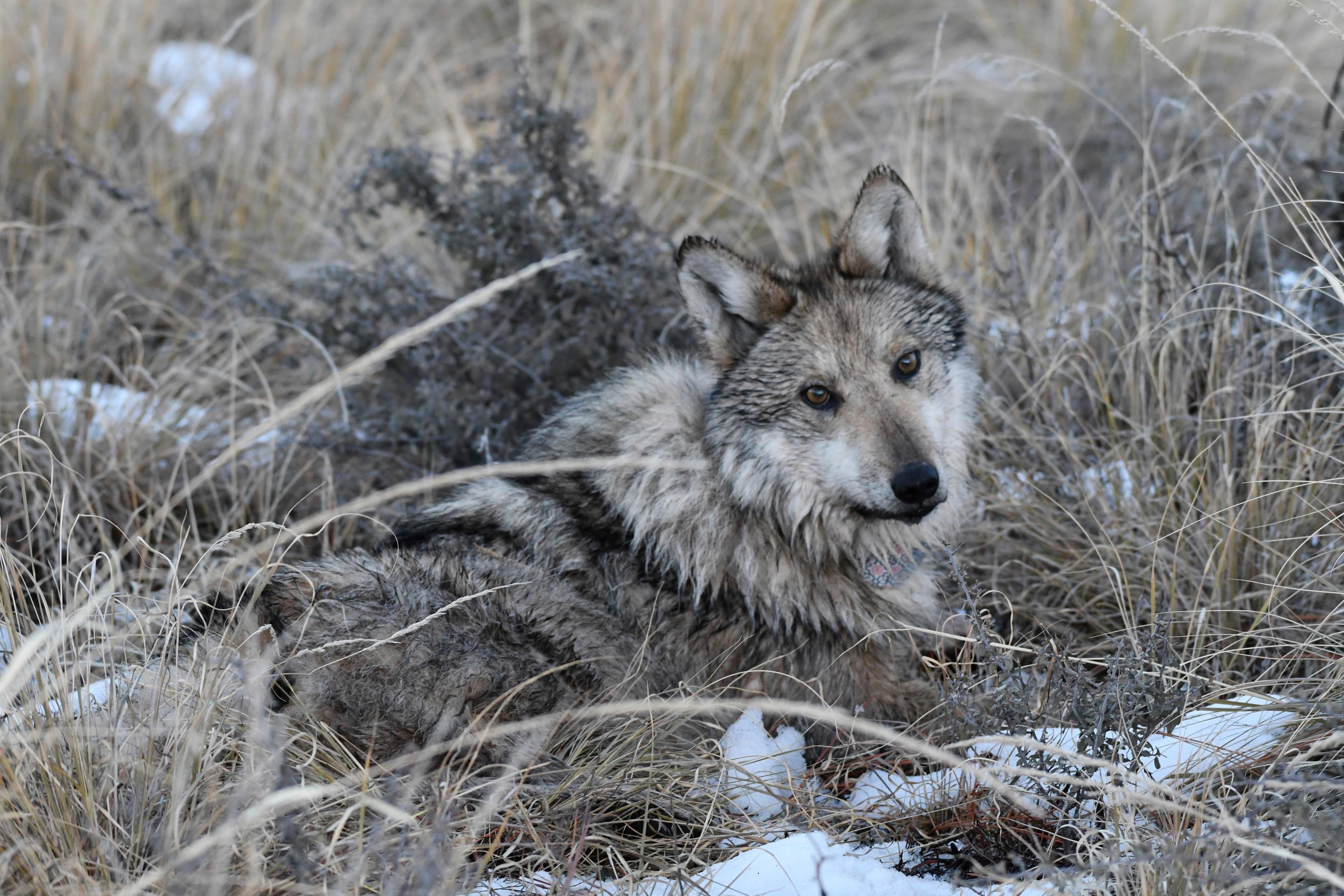It's known by many names but there's no mistaking being face to face with a full moon.
Many early Native Americans tribes kept track of time by observing the seasons and lunar months, although there was much variability. Some tribes defined a year as 12 Moons, while others assigned it 13. Certain tribes that used a lunar calendar added an extra Moon every few years, to keep it in sync with the seasons. Colonial Americans adopted some of the Native American full Moon names and we maintain that tradition even today.
So, what’s in a name? Quite a bit if you are a full moon. Back before artificial lighting, the full moon provided a few extra hours of lighting after sunset, and was named for the advantage that light provided.
September’s full moon, when it occurs within two weeks of the autumnal equinox, represents an opportunity for farmers and crews to get summer grown crops in before the onset of winter. Hence, it’s called the “Harvest” Moon.
The September Full Moon also is known as the Full Corn Moon for the harvesting of corn by many Native American tribes. It is also called the Barley Moon, because it is the time to harvest and thresh ripened barley. Are we starting to see a theme here?
Just remember Mr. Moonlight does have a name.
If you’d like to take a closer look at the Moon, or any of the other wonderful and amazing things in the sky, please visit csastro.org for a link to information on our monthly meetings and our free public star parties.








